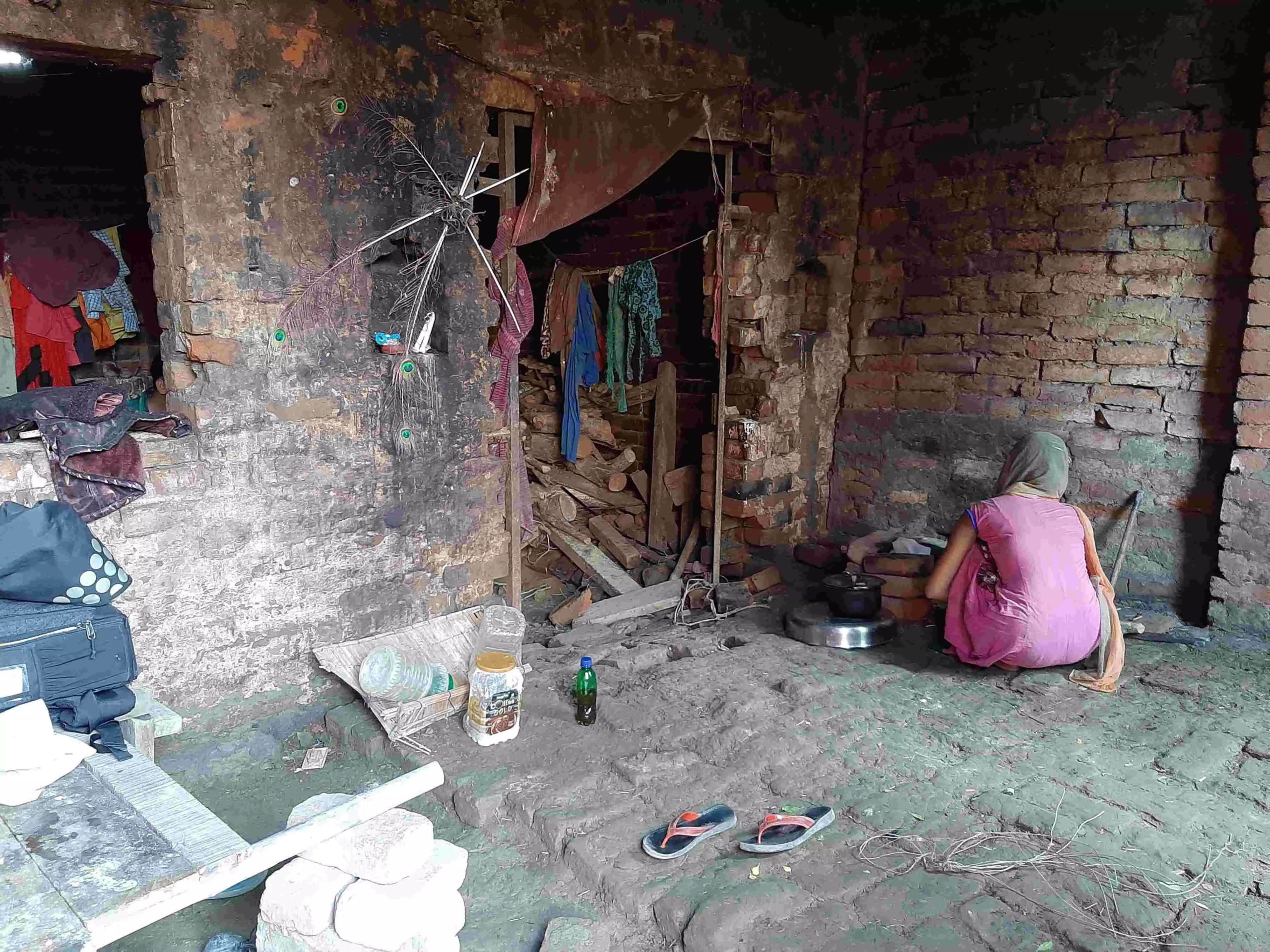India has over two million underpaid anganwadi workers. The Badaun gangrape victim was one of them.
Like the Badaun gangrape victim, there are more than 2.6 million frontline women workers who run over 1.36 million anganwadis across India. Their crucial work on early childcare remains underpaid and unrecognised.


On the evening of January 3, a 50-year-old anganwadi helper was gang-raped, a rod inserted into her private parts, ribs broken, left lung damaged and brutally murdered. Later that night, her body was dumped outside her house.
This horrific incident happened in Ughaiti area of Badaun district in Uttar Pradesh, about 120 kilometres from Hathras, where another brutal gang-rape and murder of a young Dalit woman was reported last September.
Less than three months ago, the Uttar Pradesh government had launched a special campaign — Mission Shakti — to create awareness on women safety and address the rising crime against women in the state. The anganwadi helper was sexually assaulted and killed during this ongoing special campaign on women’s safety. The campaign is expected to conclude during the navratras in April this year.
The manner in which the woman, who was visiting a temple in Badaun, was gang-raped and murdered evokes a sense of déjà vu, as this isn’t the first time a woman in the country has been violated.
In cold blood. Savagely. Ruthlessly.
Shifting the focus slightly away from the anganwadi helper’s gang-rape and murder, we need to also recognise the decades of exploitation of labour of over 2.6 million anganwadi workers and helpers in the country, who are not only at war against malnutrition but are also responding to various challenges posed by the ongoing COVID-19 pandemic.
These over-two million frontline women workers are the backbone of the country’s early childcare programme under the Indian government’s Integrated Child Development Services (ICDS) scheme.
ICDS is the world’s largest programme for early childhood care and development, covering over 158 million children (2011 Census) in the 0-6 years age group, and pregnant and lactating mothers in the country. It offers six services — supplementary nutrition, preschool non-formal education, nutrition and health education, immunisation, health check-up and referral services — through 1.36 million functional anganwadi centres spread across all the districts in the country (as of June 2018).
These centres are staffed by frontline health staff: one anganwadi worker and one anganwadi helper each, both typically women. Managing children, their daily meals, preschool lessons, health and hygiene and counselling pregnant and lactating mothers is all done by the anganwadi workers and helpers.
Many of these anganwadi centres are located in difficult terrain and these women have to trek every day for kilometres through the forest, or cross rivulets to discharge their crucial duties.
How much are these frontline women workers paid? These women are not considered ‘employees’ and are offered a monthly ‘honorarium’ that varies from state to state.
In September 2018, the Union ministry of women and child development issued a circular on the “enhancement of honorarium” of anganwadi workers from Rs 3,000 per month to Rs 4,500 per month. The pay for anganwadi helpers was raised from Rs 1,500 per month to Rs 2,250 per month. For a mini-anganwadi worker-cum-helper, the ministry approved just Rs 3,500 per month.
States such as Karnataka offer a monthly honorarium of Rs 8,000 and Rs 4,000 to the anganwadi worker and helper, respectively. It also reimburses their medical expenses to the tune of Rs 50,000 a year and provides pension.
However, anganwadi workers and helpers across the country have been demanding better wages and have held several protests to press for their demands. They are demanding to be recognised as ‘employees’ with a monthly salary of at least Rs 18,000-Rs 20,000 for anganwadi workers and Rs 9,000- Rs 10,000 for anganwadi helpers.
But so far, the government has paid no need.
In the pandemic, these anganwadi workers and helpers have taken on additional responsibilities to home-deliver ration to ICDS beneficiaries and also educate the rural people about dos and don’ts of coronavirus, and prepare a list of outsiders visiting the villages.
However, their work largely remains underpaid and unrecognised.
Let us remember that without these frontline women workers, like the 50-year-old gangrape victim in Baduan, none of our early childcare schemes would work. We cannot fight malnutrition that affects a large population of our children, as documented in the recent National Family Health Survey-5. And, we cannot be a healthy nation.

